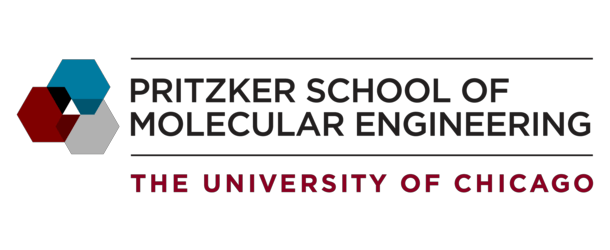PME researchers create an interference ‘wall’ to capture single photons

(Phys.org) Theorists at the Pritzker School of Molecular Engineering (PME) at the University of Chicago have developed a new scheme for trapping single photons in a cavity. Their mechanism allows two sources to emit the selected number of photons into a cavity before destructive interference cancels out both sources, essentially creating a “wall” that prevents further photons from entering.
This new mechanism could provide a simpler way to create quantum light without using the complicated materials and systems that are usually required.
The research, led by Prof. Aashish Clerk with graduate students Andrew Lingenfelter and David Roberts, was published Nov. 26 in Science AdvancesPhotons are the basis for many next-generation quantum technologies, including ultra-secure quantum communications and potentially game-changing quantum computers.
The system proposed by Clerk’s research team uses two different sources to simultaneously emit photons into a cavity that has an extremely weak nonlinearity (far too weak for conventional approaches to work). With careful tuning, these sources then cancel each other out with destructive interference—creating a “wall” that blocks photons—once the selected number of photons are captured in the cavity.
The potential applications are wide-ranging. Using destructive interference in this way means the system doesn’t have to use special optically nonlinear materials, which opens the door to for several different platforms, including as a tool for quantum simulation.
We think this scheme could work in a lot of different systems,” Clerk said. “If you don’t need special materials, it really expands the potential of light-based quantum technologies.”



















